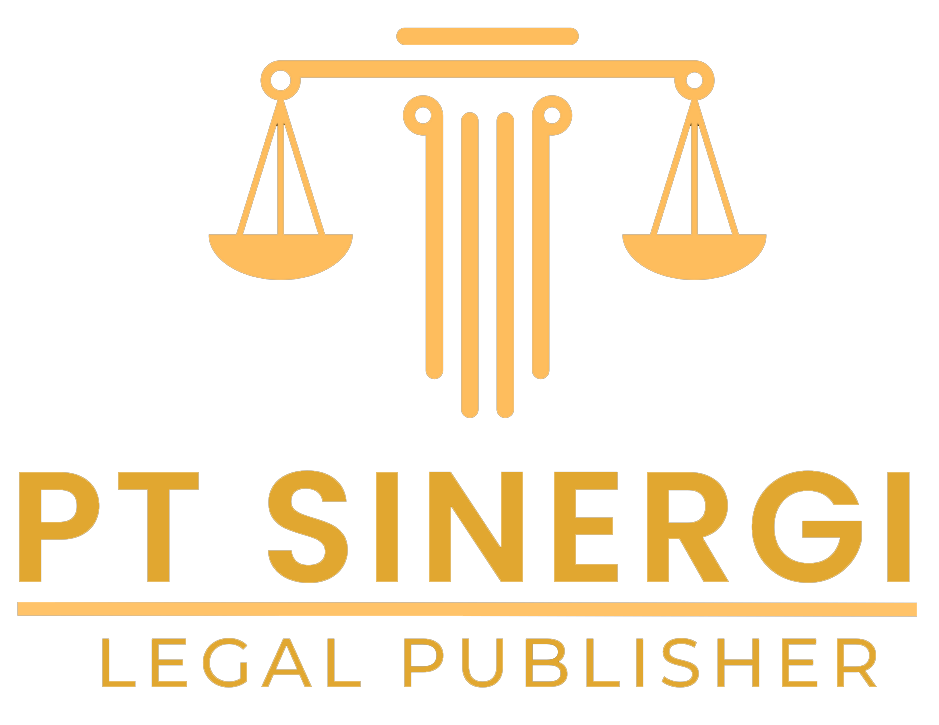Problems of Resolving Medical Crimes in Health Practice in Indonesia
Keywords:
Medical Crime, Malpractice, Health Law, Dispute ResolutionAbstract
This study examines the problems of resolving medical crimes in health practices in Indonesia, considering the complexity of the legal relationship between health workers, patients, and health institutions. In the context of health services, there is the potential for medical violations involving criminal aspects, such as negligence or malpractice. Handling these cases often causes polemics, both in terms of regulations, professional ethics, and legal implementation. This study aims to analyze the obstacles faced in resolving medical crimes, identify existing legal loopholes, and provide strategic recommendations to improve the resolution mechanism. The methodology used is a normative legal approach supported by empirical data through case studies and in-depth interviews with health practitioners, legal experts, and law enforcers. The results of the study indicate that there is a mismatch between applicable regulations and the need for legal protection for health workers and patients. In addition, the lack of understanding of the law by health workers and the repressive approach to law enforcement worsen the situation. Therefore, policy reform is needed that involves aligning regulations, strengthening the legal capacity of health workers, and dispute resolution mechanisms that are oriented towards mediation and restorative justice.
References
See Bustanul Arifin's Scientific Oration in front of the Academic Community of Hasanuddin University, Makasar, on January 5, 1994, as quoted by Achmad Ali in his book Menguak Tabir Hukum, Publisher Ghalia Indonesia, Jakarta, 2008, Page: 2
See in M. Ali Firdaus, Doctors in the Shadow of Medical Malpractice, Widya Paramarta Publisher, Bandung, 2017, Page: 9, related to the bankruptcy case of the Rappahannock Hospital (2004) in the State of Virginia, United States, because the doctor and hospital were found guilty and had to pay billions of US dollars to the plaintiff and pay for lawyers. As a result, around 1.5 million residents of Kilmarnock did not receive the obstetric services normally provided by the hospital. Furthermore, the hospital was eventually abandoned by its patients until it could no longer pay its thousands of employees and finally went bankrupt. Compare this with the medical service incidents on several islands in Eastern Indonesia, for example in several districts in Papua Province, where the ratio of doctors is very low, so that there are some areas where residents have never known a doctor in their lives. Therefore, imprisoning a doctor is very detrimental to society.
See Achmad Ali, Op. Cit., Page:. 67, that the purpose of law according to Gustav Radbruch is to realize justice, certainty, and legal benefits. Also see the Utility Theory of Jeremy Bentham and the Hadith of the Prophet Muhammad SAW. which emphasizes that the best human being is one who is useful to the greatest number of other people.
Marian Leibmann, RestorativeJustice: HowIt Works, Jessica Kingsley Publisher, 2007
Howard Zehr, The LittleBookofRestorativeJustice, GoodBooks, Intercourse, PA 17534, Pages:8 – 12.
John Braithwaite, Restorative Justice and Responsive Regulation, Oxford University Press, New York, 2002, in Rena Yulia, Victimology of Legal Protection for Crime Victims, 2010, Graha Ilmu, Yogyakarta, Page: 161.
Jeremy Bentham, An Introduction to the Principles of Morals and Legislation, BatocheBooks, Kitchener, 2000)
PadmoWahjono, Development of Indonesian Law, Publisher Ind-hill Co., Jakarta, 1989, Pages: 153
Romli Atmasasmita, Integrative Legal Theory (Reconstruction of Development Legal Theory and Progressive Legal Theory), Genta Publishing, Yogyakarta, 2012, Pages: 101 – 102.
Adami Chazami, 2007, Medical Disputes in Medicine, Review of Norms and Doctrines
Hermien Hadiati Koeswadji, 1998, Medical Law (Study of the Legal Relationship between Patients and Doctors) Bandung, page 124, John Healy, 1999, Medical Negligence: Common Law Perspectives, London; Sweet and Maxwell, Page: 39.
Bahder Johan Nasution, 2005, Health Law: Doctors' Responsibilities, Rineka Cipta, Jakarta, Page: 9.
Hermin Hadiati Koeswadji, Ibid Page: 100
Achmad Biben, 2004, The Role of MKEK in Medical Legal Ethical Conflicts in Hospitals, Journal of Business Law, Volume 23, Number 2, Page: 31.
Biben, Ibid, Page: 37.
Kartono Muhamad, 1983, Handling of Violations of Medical Ethics, Paper on Medical Law Symposium; BPHN – Ministry of Justice of the Republic of Indonesia, Jakarta. Page: 7.
Yusuf Hanafiah, 1999, Medical Ethics and Health Law, EGC Medical Books, Page: 13.
Downloads
Published
How to Cite
Conference Proceedings Volume
Section
License
Copyright (c) 2024 Mhd Azhali Siregar, Rahul Ardian Fikri, Ayuda Silitonga

This work is licensed under a Creative Commons Attribution-ShareAlike 4.0 International License.













